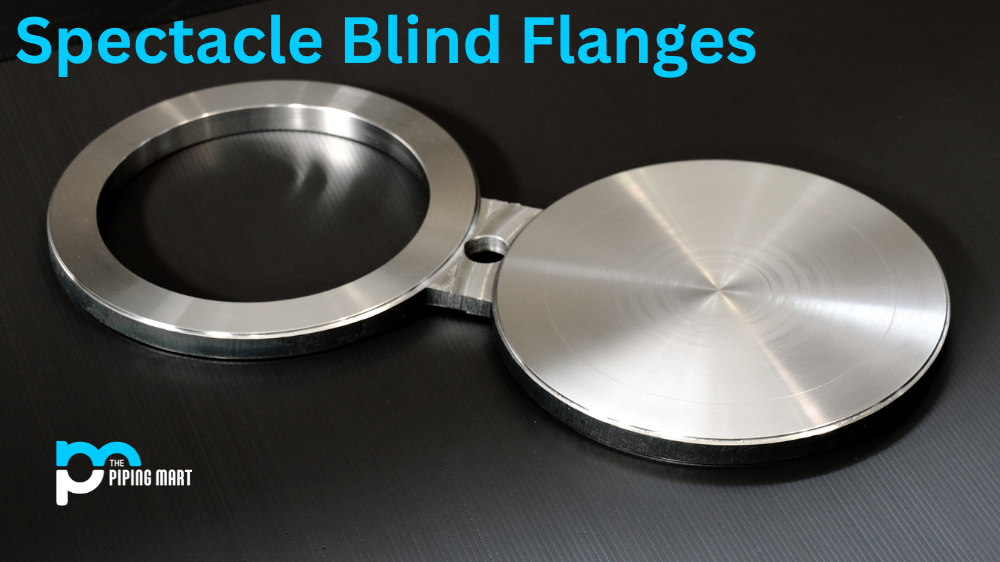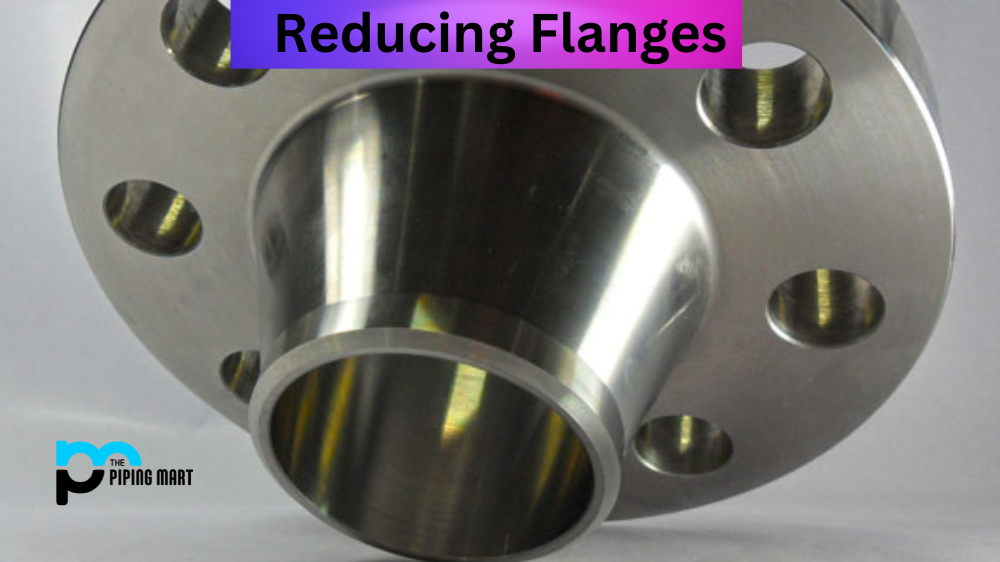Spectacle blind flanges are popular and versatile in various industrial applications, such as oil and gas, chemical processing, and power generation. They are designed to connect two pipes or tubes, allowing easy maintenance and inspection. However, proper installation is crucial to ensure the safe and reliable operation of the flange. This guide will discuss the key steps and tips for installing spectacle blind flanges.
Installation Guide for Spectacle Blind Flanges
Preparation:
Before installing the spectacle blind flange, it is crucial to ensure the pipes are clean, dry, and free from debris or dirt. This will help prevent unwanted contamination and ensure a tight and secure fit. Additionally, ensure you have all the necessary tools and equipment, such as wrenches, bolts, and gaskets, before you begin the installation process.
Alignment:
The next step is to align the flanges by placing them on each other. Check that the bolt holes are properly aligned, and then insert the bolts and hand tighten them. Ensure the flanges are properly aligned by checking that they are level and perpendicular.
Install the Spectacle Blind Flange
Once the flanges have been assembled and tightened, the spectacle blind flange can be installed:
- Open the blinds to ensure they are clean and clear of debris.
- Slide the spectacle blind flange carefully into position so it sits snugly between the flanges.
- Fasten it in place with bolts and tighten the bolts using a torque wrench.
Testing
Once the installation is complete, conduct a pressure test to check for leaks. Close the blinds and gradually raise the pressure to see if leaks occur. If leaks are detected, gently tighten bolts in affected areas until they are sealed correctly.
Gasket Installation:
The gasket is essential to the spectacle blind flange and must be installed correctly for optimal performance. The gasket should be placed between the flanges and aligned with the bolt holes. Ensure that the gasket is not twisted or damaged in any way. Also, ensure that the gasket material is suitable for the operating conditions and is compatible with the fluids or gases being transported.
Torqueing:
Once the flanges and gasket are in place, it’s time to torque the bolts to the manufacturer’s specifications. Tightening the bolts correctly is crucial for ensuring a tight and secure fit. Use a torque wrench to tighten the bolts in a crisscross pattern to distribute the pressure evenly. Be careful not to over-torque the bolts, as this can damage the flange or gasket and compromise the performance of the assembly.
Inspection:
Once the installation is complete, inspecting the flange assembly thoroughly is essential. Check for any signs of leakage or damage, such as cracks, corrosion, or warping. Additionally, ensure that all bolts are tightened to the manufacturer’s specifications and that the gasket is properly seated. If you notice any issues, address them immediately to avoid potential safety hazards.
Conclusion:
Installing spectacle blind flanges requires attention to detail and expertise. You can ensure a safe and reliable installation by following these key steps and tips. Proper preparation and alignment, correct gasket installation, torqueing the bolts to the manufacturer’s specifications, and thorough inspection are essential for achieving optimal performance and avoiding potential safety hazards. For more information on spectacle blind flange installations, consult a trusted supplier or manufacturer.
Rachana is a dedicated and ambitious young woman who has made a name for herself in the metal industry. From her earliest days in the industry, Rachana showed a natural talent for problem-solving and a keen eye for detail. In her free time, She enjoys reading up on the latest advancements in the industry, as well as exploring new ways to innovate and improve upon existing processes.




